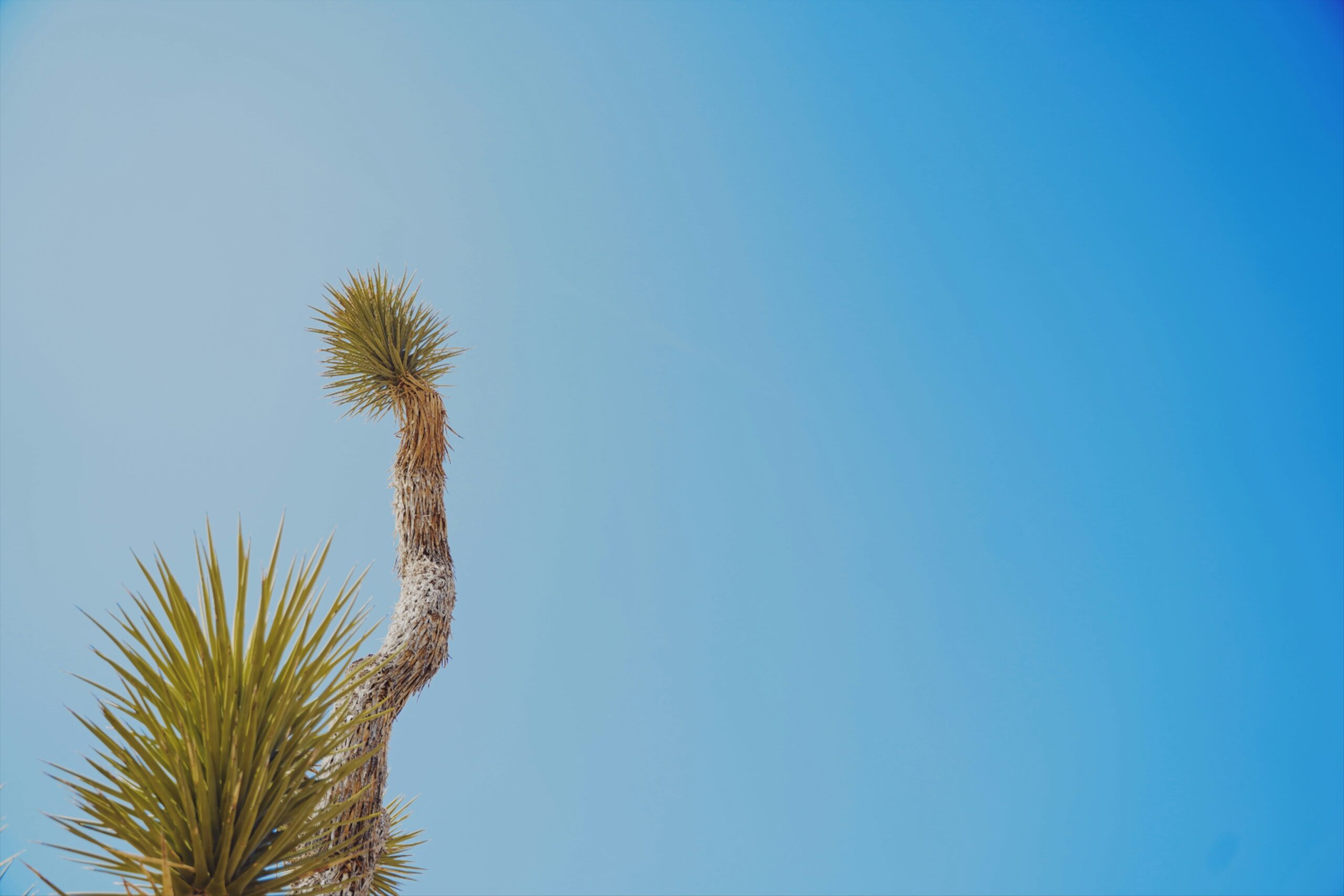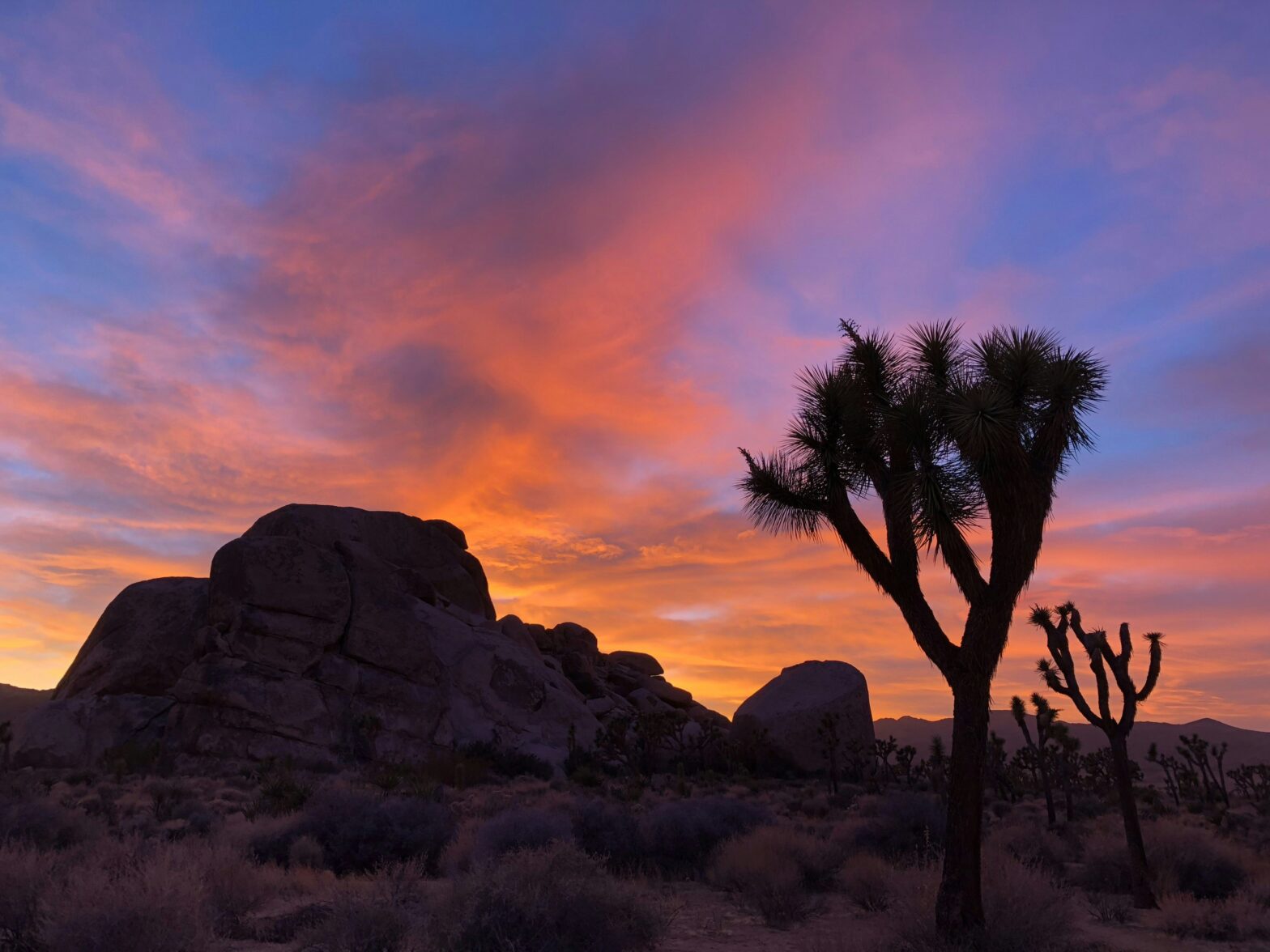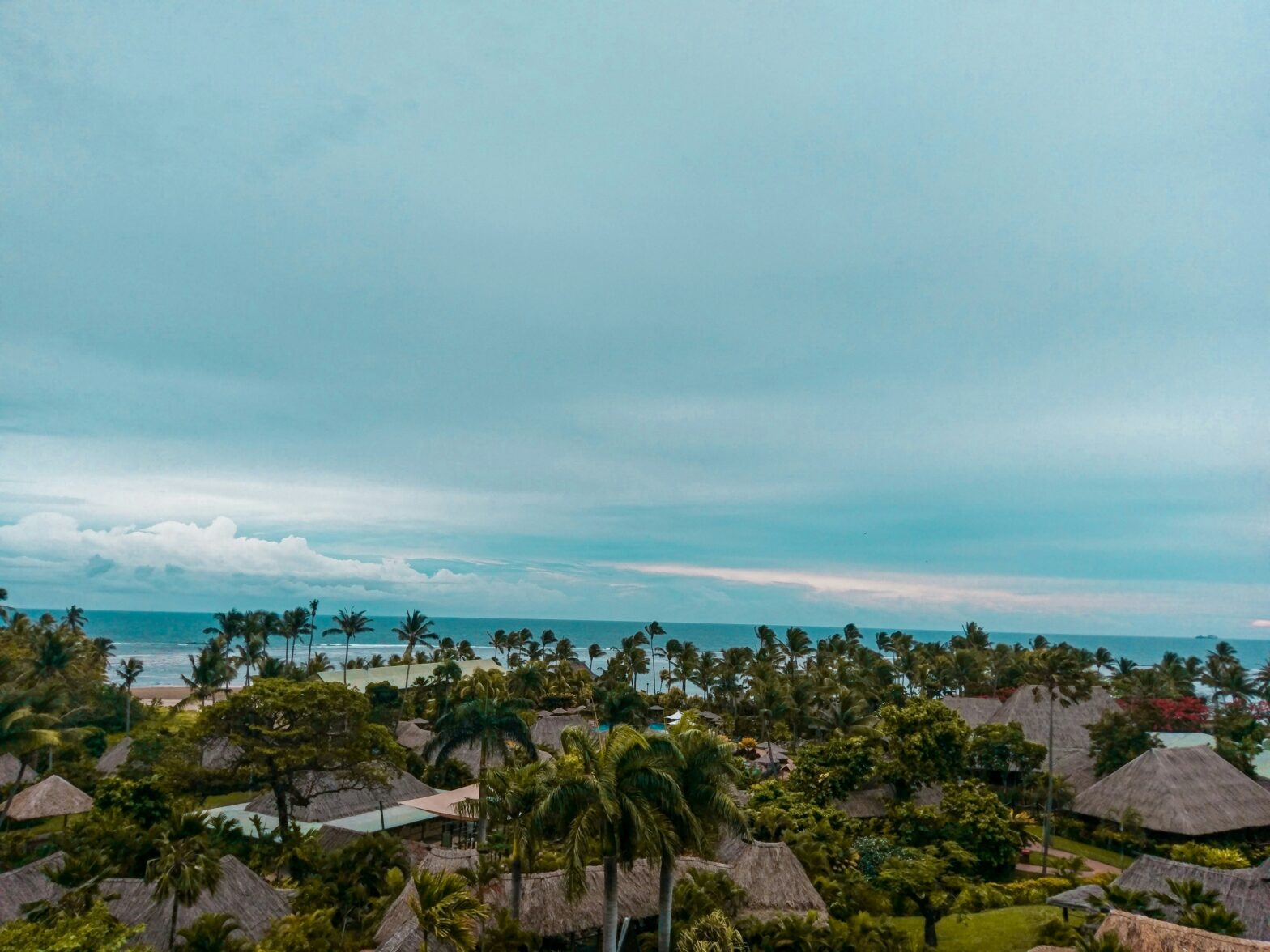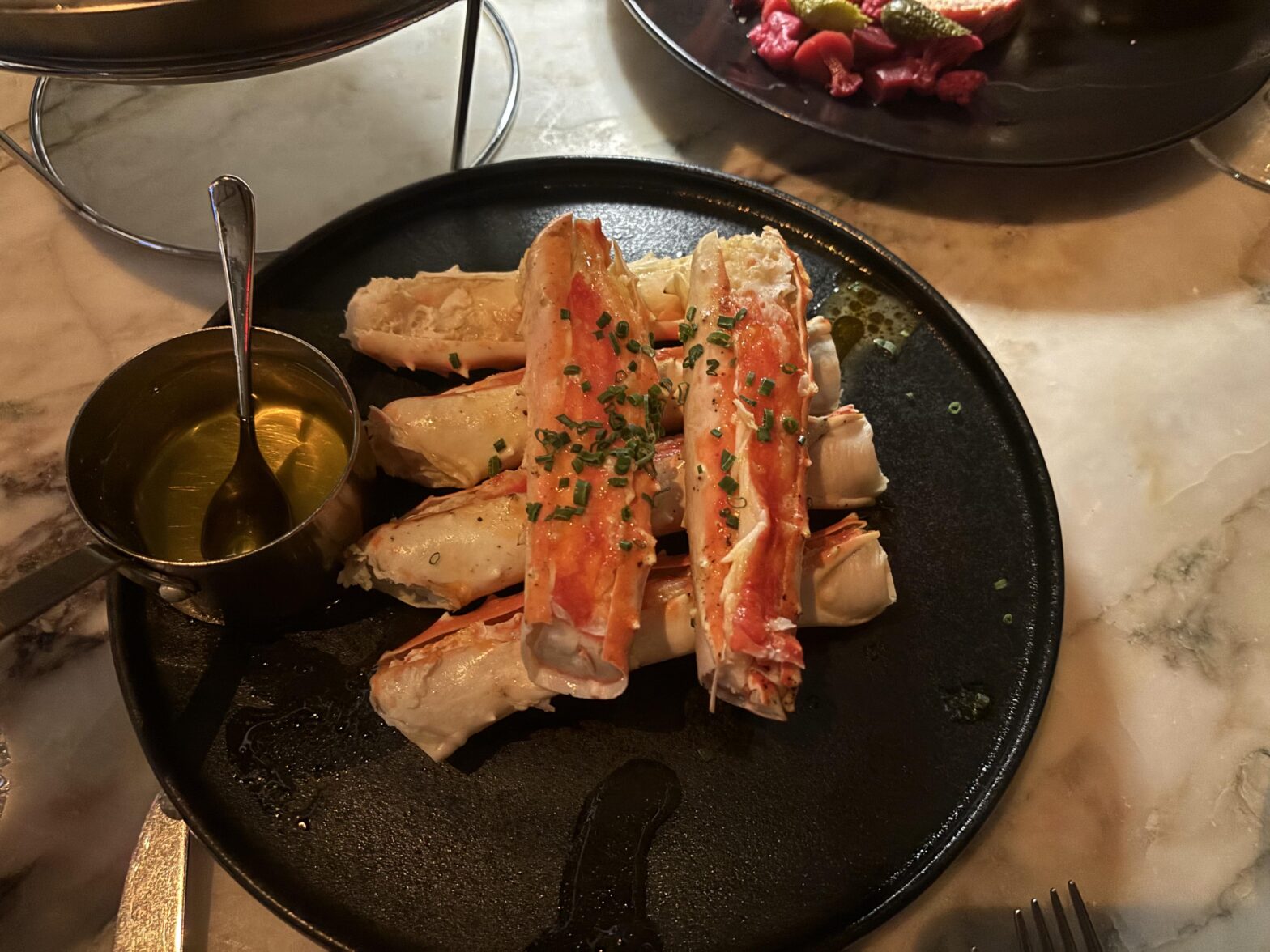Joshua Tree, a town and national park located in southern California, is renowned for its unique natural beauty. Even if travelers haven’t visited, Joshua Tree is easily recognizable for its rugged rock formations and desert landscape. Named after the twisted and prickly Joshua trees that dot the area, this destination offers exceptional accommodations with stunning views. The best time to visit Joshua Tree is in the spring, when various factors make the experience particularly enjoyable. Here are the top reasons to visit Joshua Tree in the springtime.
Average Temperature This Time of Year
- 50-85 degrees Fahrenheit
Weather
Spring offers the most pleasant weather for visiting Joshua Tree. With mild temperatures, travelers can comfortably explore the park without enduring the intense summer heat, which can exceed 100 degrees. Spring is also when wildflowers bloom, adding vibrant colors to the desert. Although it’s not the rainy season, occasional light showers may occur, offering a refreshing break from the warm temperatures.

Travel Tip: An online wildflower report is available to help travelers time their visit to see the blooms.
The City Center
Joshua Tree is not just a national park but also a charming town with a rural ambiance. Locals are in tune with nature, making it an ideal escape for those from bustling cities. The town boasts a thriving music and art scene, ensuring that visitors have plenty to explore. Joshua Tree offers all necessary amenities without the presence of fast-food chains, superstores, or grand buildings, maintaining its authentic charm.

Travel Tip: Embrace the town’s authenticity and enjoy the slower pace of life.
Coachella Convenience
Many travelers visit Joshua Tree due to its proximity to the Coachella Valley Music and Arts Festival, held nearby in April. The drive from Joshua Tree to Coachella is about one to two hours, making it convenient for festival-goers to experience both. Joshua Tree provides a tranquil retreat to balance out the energetic festival atmosphere.

Travel Tip: Consider renting a car for an affordable commute between Joshua Tree and Coachella.
Rich Cultural History of the National Park
Joshua Tree National Park has a history dating back at least 5,000 years. It is located within the traditional territory of several indigenous tribes, including the Pinto Culture, Serrano, Cahuilla, and Chemehuevi. Although it was established as a national monument in 1936 and later a national park in 1994, its historical significance predates these designations.

Travel Tip: Learn more about Joshua Tree’s history through the National Park Service’s online museum collections.
Wondrous Geological Features
The park is renowned for its significant geological features, including unique joints and faults in the rocks and elevations ranging from 900 to 5,000 feet above sea level. It is home to several mountain ranges, such as the Cottonwood, Little San Bernardino, Pinto, Eagle, Hexie, and Coxcomb Mountains, and low-sitting valleys that create rugged terrain ideal for exploration.

Travel Tip: Visit Arch Rock during golden hour for the best views. Due to limited shade, remember to bring sun protection.
Intriguing Wildlife
Joshua Tree’s seemingly untouched natural beauty is a major draw for wildlife enthusiasts. Spring is the best time to visit for wildlife sightings, as many species are more active. The park is home to 57 species of mammals, 46 species of reptiles, and numerous other animals. Common sightings include white-tailed antelope ground squirrels, kangaroo rats, coyotes, lizards, snakes, and desert tortoises.

Travel Tip: Always respect the wildlife and their habitats during your visit.
Local Hiking and Rock Climbing
With its mountain ranges and unique landscapes, Joshua Tree is a paradise for outdoor activities like hiking and rock climbing. Due to the moderate weather, March through April is the best time for these activities. The park offers various challenges suitable for different physical ability levels and is considered a world-class rock climbing destination.

Travel Tip: Check the National Park Service’s website for route and area closures that might impact your plans.
Sunsets and Starry Nights Out in the Desert
Joshua Tree offers breathtaking sunsets and starry nights, making it a top destination for nature lovers. The dramatic sunsets and vibrant wildflowers in spring enhance the experience. Mild temperatures and long nights make it comfortable to enjoy these natural wonders.

Travel Tip: For an optimal experience, choose a sunset or stargazing spot near your vehicle and bring some hot coffee or marshmallows.
Spring is the ideal time to visit Joshua Tree, offering many compelling reasons to explore this unique destination. Travelers who venture out will find even more to love about Joshua Tree’s natural beauty and tranquil ambiance.





